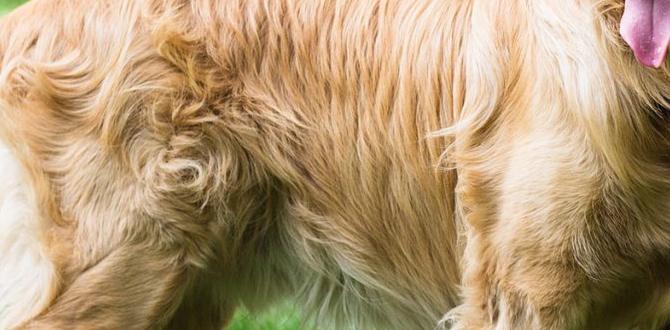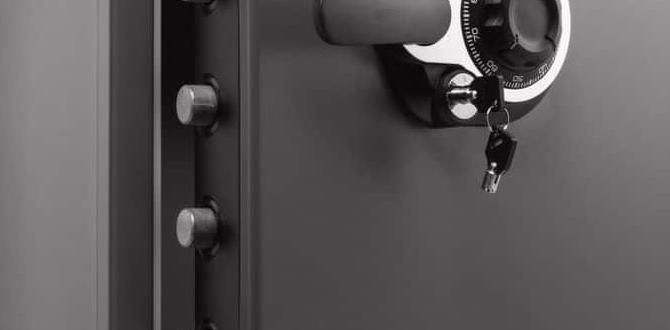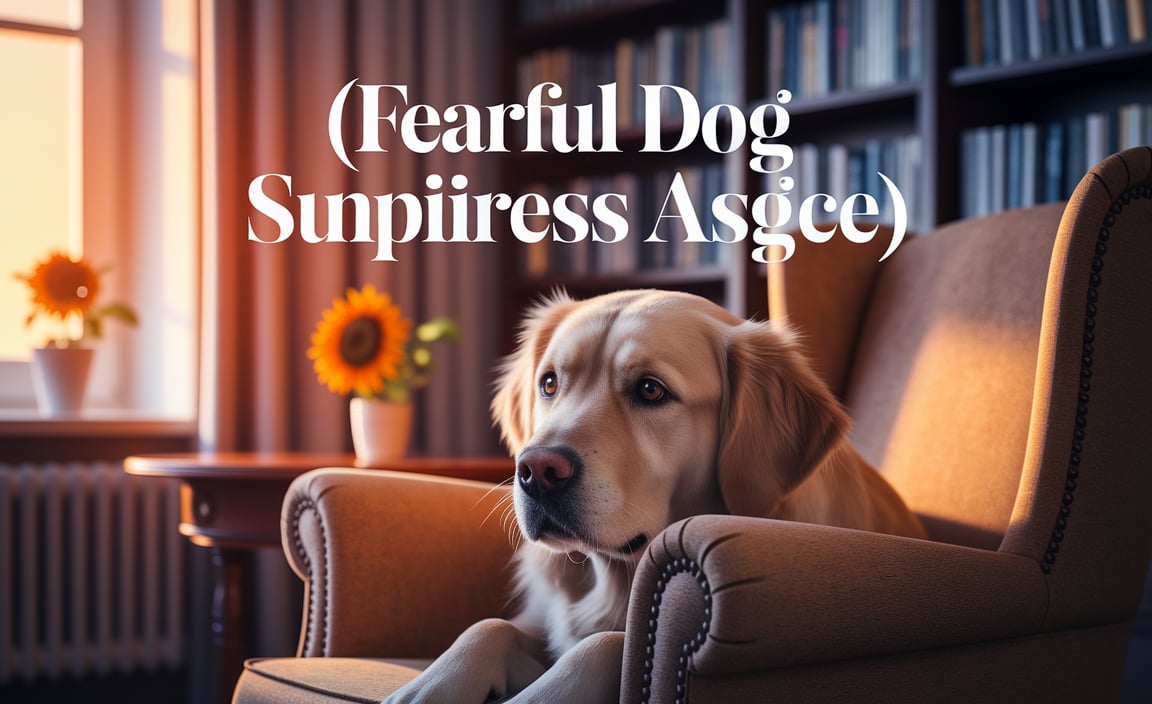Fearful dog symptoms solutions can dramatically improve the quality of life for both canine companions and their human families. A fearful dog often experiences a range of physical and behavioral changes that signal distress. Understanding these signs is the first crucial step toward providing effective support and helping your dog navigate their anxieties. From trembling and panting to hiding and aggression, the manifestations of fear in dogs are diverse and can stem from various causes, including past trauma, lack of socialization, or specific phobias.
Recognizing the Signs of Fear in Your Canine Companion
Identifying fearful dog symptoms solutions begins with accurate observation. Dogs communicate their fear in subtle and overt ways. Some common indicators include:
Body Language: This is often the most immediate sign. Look for a tucked tail, flattened ears, a hunched posture, dilated pupils, lip licking, yawning when not tired, and a stiff body. A dog that is trying to appear small or submissive is often experiencing fear.
Vocalizations: Whining, whimpering, barking excessively, or even howling can be signs of a dog in distress. These sounds can escalate from mild unease to outright panic.
Behavioral Changes: This can manifest in many ways. Hiding under furniture or in a crate, pacing, trembling or shaking, excessive panting (even when not hot or exercised), destructive behavior (chewing, digging), urinating or defecating indoors, and loss of appetite are all potential indicators of fear. Restlessness and inability to settle are also common.
Avoidance and Escape: A fearful dog will often try to avoid the trigger of their fear. This might mean refusing to go into a certain room, backing away from a person or animal, or making frantic attempts to escape a situation they feel threatened by.
Defensive Aggression: In some cases, fear can escalate to aggression. This is not malicious behavior but rather a desperate attempt to protect themselves when they feel trapped and unable to escape. Growling, snapping, or even biting can be a last resort for a truly terrified dog.
It’s important to note that some dogs may exhibit only a few of these symptoms, while others might display a combination. The intensity of the symptoms often correlates with the severity of the fear.
Finding Effective Fearful Dog Symptoms Solutions
Once you’ve identified that your dog is experiencing fear, the next step is to implement effective fearful dog symptoms solutions. These solutions often involve a multi-faceted approach, focusing on understanding the root cause of the fear, management of triggers, and positive reinforcement-based training.
Addressing the Root Cause
Before implementing any training, try to understand why your dog is fearful. Was there a specific traumatic event? Are they naturally sensitive? Did they have inadequate socialization as a puppy? Knowing the origin can help tailor the approach. However, even without a clear cause, you can still work on managing and treating the fear.
Environmental Management
One of the simplest and most effective ways to help a fearful dog is to manage their environment to minimize exposure to triggers.
Safe Space: Create a designated “safe space” for your dog, such as a crate with a comfortable bed and a blanket that covers it to provide a sense of security. Never force your dog into this space if they are scared. Encourage them to use it voluntarily by associating it with positive experiences like treats or meals.
Identify and Avoid Triggers: If you know loud noises are a trigger, try to muffle them during thunderstorms or fireworks. If certain people or dogs cause fear, manage introductions carefully and from a distance initially.
Calming Aids: Consider using calming music designed for dogs, pheromone diffusers, or anxiety wraps (like ThunderShirts) that provide gentle pressure, which can have a calming effect on some dogs.
Behavioral Modification and Training
This is where the core of fearful dog symptoms solutions lies. The goal is to help your dog build confidence and learn that scary things are not as threatening as they perceive them to be.
Desensitization and Counter-Conditioning (DSCC): This is a cornerstone of fear treatment.
Desensitization: Gradually expose your dog to the feared stimulus at a very low intensity, well below their fear threshold. For example, if your dog fears vacuum cleaners, start by having the vacuum in another room, then in the same room but turned off, then turned on for a few seconds at a distance, gradually increasing the duration and proximity.
Counter-Conditioning: Pair the feared stimulus with something extremely positive, like high-value treats or a favorite toy. The idea is to change your dog’s emotional response from fear to anticipation of something good. For instance, while the vacuum is on at a low level, toss your dog their favorite treats.
Positive Reinforcement Training: Focus on rewarding desired behaviors. When your dog remains calm in a potentially scary situation or when they choose to engage with something they are typically fearful of, reward them generously. This could be anything from a gentle touch to a special treat. Avoid punishment, as this can exacerbate fear.
* Socialization (Carefully): For dogs fearful of other dogs or people, controlled and positive social interactions are key. This means introductions should be brief, always positive, and at a distance that doesn’t trigger fear. Never force your dog into a situation where they feel overwhelmed.
Professional Help
For severe cases or when you’re not making progress, seeking professional help is crucial. Certified professional dog trainers (CPDTS) or veterinary behaviorists have the expertise to assess your dog’s specific situation and develop a personalized treatment plan. They can guide you through DSCC, suggest appropriate management techniques, and, if necessary, work with your veterinarian on potential medical interventions or the judicious use of anti-anxiety medication if the fear is debilitating.
Conclusion
Living with a fearful dog can be challenging, but it’s also an opportunity to deepen your bond and build a foundation of trust. By understanding your dog’s fearful dog symptoms and implementing consistent, compassionate fearful dog symptoms solutions, you can help your canine companion overcome their anxieties, gain confidence, and enjoy a happier, more contented life by your side. Patience, consistency, and a commitment to positive methods are your most powerful tools on this journey.
Meet Elyse Colburn, the devoted canine companion and storyteller behind the enchanting world of “Tales, Tails, and Adventures Unleashed.” A passionate dog enthusiast with a heart full of paw prints, Elyse Colburn shares heartwarming tales and insightful adventures, celebrating the joy, loyalty, and endless antics that make every dog a true hero. Join Elyse Colburn on this tail-wagging journey, where every post is a love letter to our four-legged friends.







